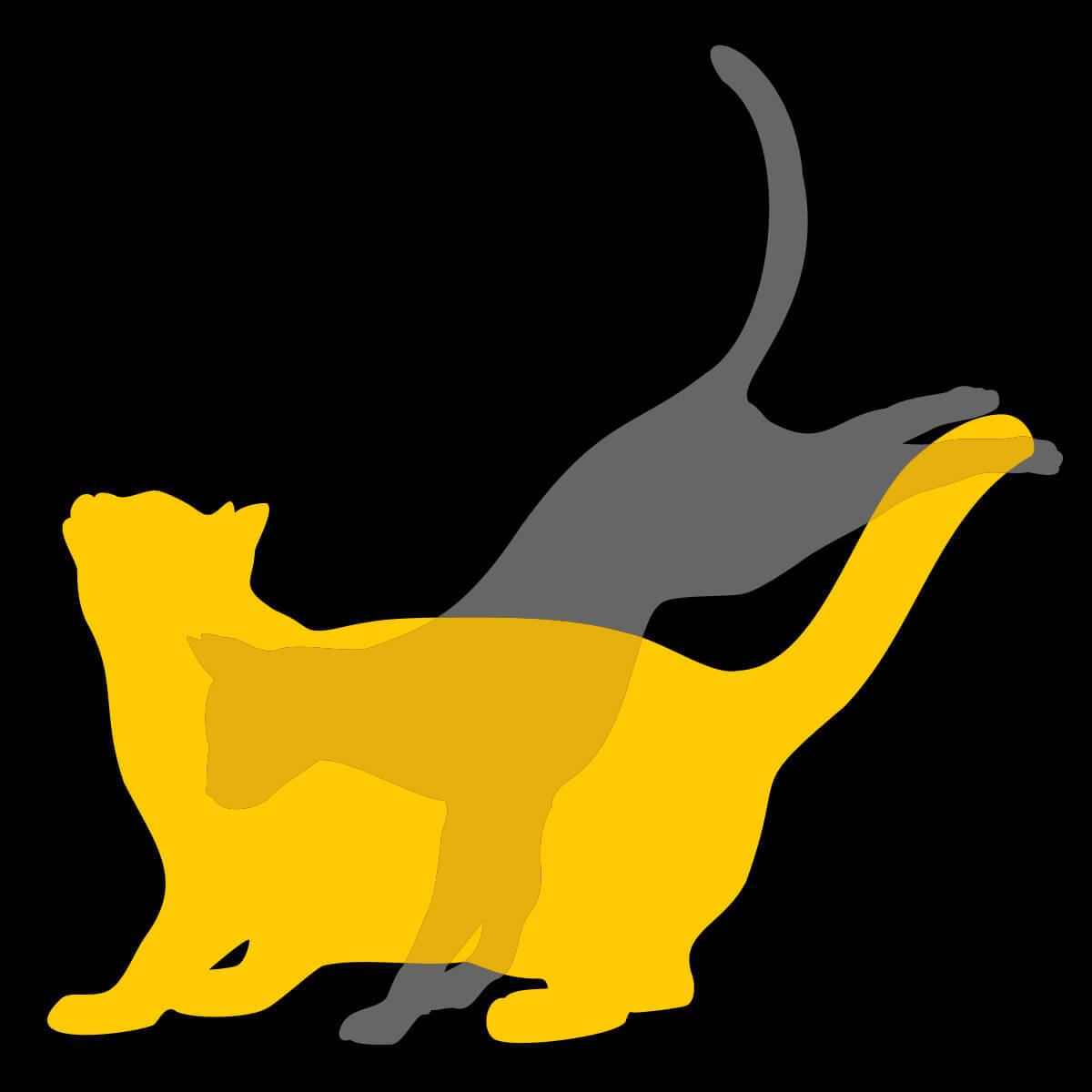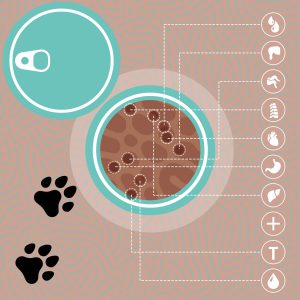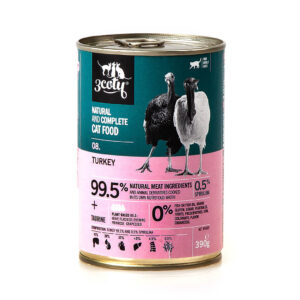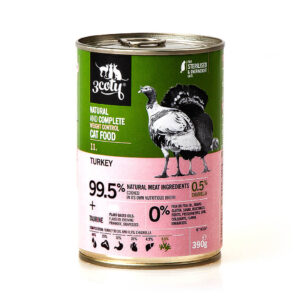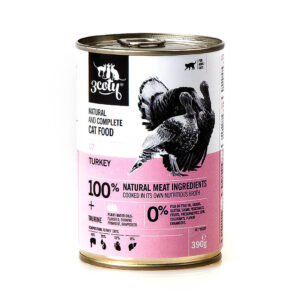Did you know that 14 of October was National Pet Obesity AWARENESS Day conducted by the Association for Pet Obesity Prevention and 9th of October was National Pet Obesity Awareness Day in the USA? We have decided to add our voice of concern.
Cat obesity is growing in huge numbers across all countries and continents. Human obesity has been recognized as a serious health problem among many populations these days and we know that it can cause many health problems and early death. As it is mostly connected to bad eating habits it is very often extended to our pets as well.
Right now, obesity is also recognized as the most common nutritional disorder in cats, and has increased dramatically over the past decades.
In 1973, a study covering 429 cats in British veterinary practices found that 6 to 12.5% were overweight (Anderson, 1973), whereas, twenty years later, Danish investigators found about 40% of 223 cats in their study to be overweight or obese (Sloth, 1992). Also 29% of the 2000 cats presented to private veterinary hospitals in the North-Eastern United States, were overweight or obese using a 6-point body condition scoring system (BCS 5/6 and BCS 6/6, respectively) (Scarlettet al., 1994). In private United States veterinary practices, 28.7% of adult cats were observed to be overweight and 6.4% were found to be obese, using a 5-point body condition scoring system (BCS 3.5/5 to 4.5/5 and BCS 4.5/5 to 5/5, respectively). A total of 35% of more than 8000 adult cats were either overweight or obese. Obesity is clearly a growing phenomenon.

A recent study done by Cornell College of Veterinary Medicine studied the impact on 2000 cats with obesity. It showed several serious effects:
01. Overweight cats, including those considered “heavy” and “obese,” are four-and-a-half times more likely to develop diabetes mellitus, compared to optimal weight cats.
02. Obese cats are seven times more likely to require veterinary care for lameness, caused by joint diseases such as arthritis or muscle injuries, compared to optimal weight cats. Heavy cats are three times more likely to suffer lameness.
03. Obese cats are three times more likely to be presented to veterinarians for non-allergic skin conditions, probably because the cats cannot reach all parts of their bodies to groom themselves properly.
04. Obese cats are twice as likely to die in middle age, which for cats is six to 12 years.
Those numbers and effects of obesity are appalling so in the next newsletter we will write about how to recognize obesity in your cant, how to prevent it from happening and what to do if your cat is obese.
